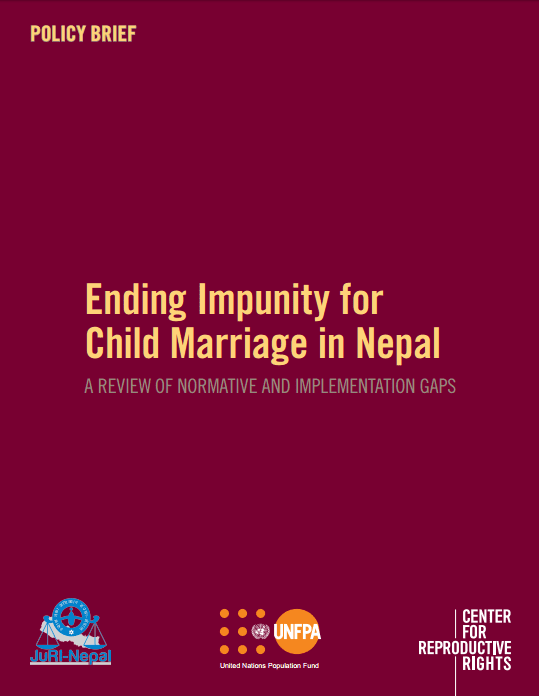Ending Impunity for Child Marriage in India: Normative and Implementation Gaps
In 2006, India passed the Prohibition of Child Marriage Act (PCMA) to combat the widespread practice of child marriage. The PCMA prohibits the solemnization of child marriage below the age of 18 for girls and 21 for boys, and allows child marriages that have already been conducted to be voluntarily voidable by the child who was party to the marriage within two years of their attaining the age of marriageability. The PCMA was intended to be a positive step forward from India’s prior legislation on child marriage, the 1929 Child Marriage Restraint Act, which had failed to curtail child marriages and to provide any remedies for married girls. However, despite the PCMA and other legal and policy commitments to end the practice, India continues to account for the highest number of child marriages in the world. One-third of the world’s child brides live in India.
While child marriage is a reality for both boys and girls, empirical evidence reinforces its disproportionate prevalence and impact on the latter. Recent government studies have found the incidence of child marriage to be 26.8-30 percent nationally, with this figure reaching as high as 40 percent in some states. Analysis of the government’s District Level Health Survey has also shown that the marriage rate of girls aged 15-17 has been slow to decline. Further, a closer look at the National Family Health Survey 2015-16 data shows serious socio-economic disparities in the incidence of child marriage—for example, the percentage of girls marrying below 18 years is as high as 44 percent in the lowest wealth quintiles. The incidence is also much higher than the national average in rural areas (31.5 percent) as compared to urban areas (17.5 percent). The incidence of child marriage also varies by other factors, including caste, religion, and education.

